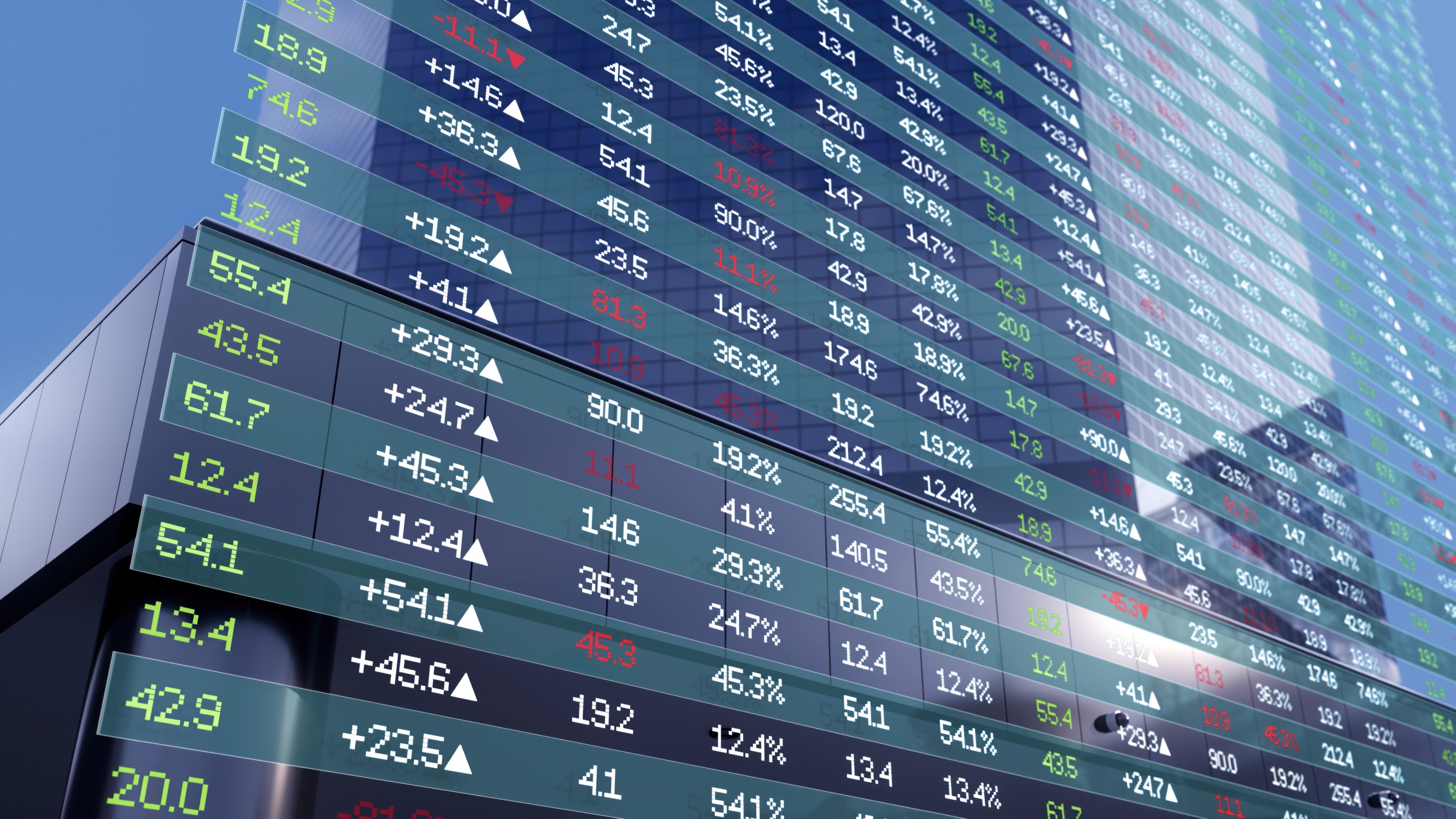Navigating Commodity Futures: Speculation vs. Hedging
Understanding Commodity Futures
Commodity futures are contracts to buy or sell a specific quantity of a commodity at a predetermined price at a specified time in the future. These contracts are essential tools in the financial markets, providing a means for businesses and investors to manage risk or capitalize on market opportunities.
The world of commodity futures can be complex, with various strategies employed by market participants. Two primary approaches dominate this landscape: speculation and hedging. Each serves a different purpose and requires a distinct mindset and strategy.

Speculation: Betting on Future Prices
Speculators enter the commodity futures market with the primary aim of profiting from price movements. They do not have any interest in the actual physical delivery of the commodity. Instead, they seek to buy low and sell high, or vice versa, depending on their market predictions.
Speculation involves significant risk, as it relies heavily on market predictions that can be influenced by numerous factors such as economic indicators, geopolitical events, and weather conditions. Successful speculators must have a deep understanding of market trends and be willing to take calculated risks.
Hedging: Mitigating Risk
Hedgers, on the other hand, use commodity futures to protect themselves against adverse price movements that could affect their business operations. For example, a farmer might sell futures contracts to lock in prices for their crops, ensuring they receive a guaranteed return regardless of market volatility.

This strategy is not about making a profit from price changes but rather about securing stability. It allows businesses to focus on their core operations without worrying about unpredictable market dynamics that could impact profitability.
Key Differences Between Speculation and Hedging
The fundamental difference between speculation and hedging lies in their objectives. Speculation is about capitalizing on market fluctuations for profit, while hedging is about reducing risk and ensuring financial stability.
- Objective: Speculators aim for profit; hedgers aim for risk management.
- Risk Exposure: Speculators embrace risk; hedgers seek to minimize it.
- Market Role: Speculators add liquidity; hedgers stabilize their financial outcomes.
The Role of Speculators and Hedgers in the Market
Both speculators and hedgers play vital roles in the commodity futures market. Speculators provide liquidity, enabling smoother transactions and price discovery. Their presence ensures that there is always a counterparty willing to take the opposite side of a trade.

Hedgers contribute to market stability by using futures to cushion against volatility. This balance between speculation and hedging helps maintain an efficient and functional market where prices more accurately reflect supply and demand dynamics.
Conclusion: Finding Your Path
Navigating commodity futures requires a clear understanding of your objectives and risk tolerance. Whether you choose to speculate or hedge, it's crucial to develop a well-informed strategy tailored to your financial goals.
The choice between speculation and hedging is not mutually exclusive; some market participants engage in both activities depending on their needs at different times. By understanding the dynamics of both strategies, investors and businesses can better position themselves within the intricate world of commodity futures.
